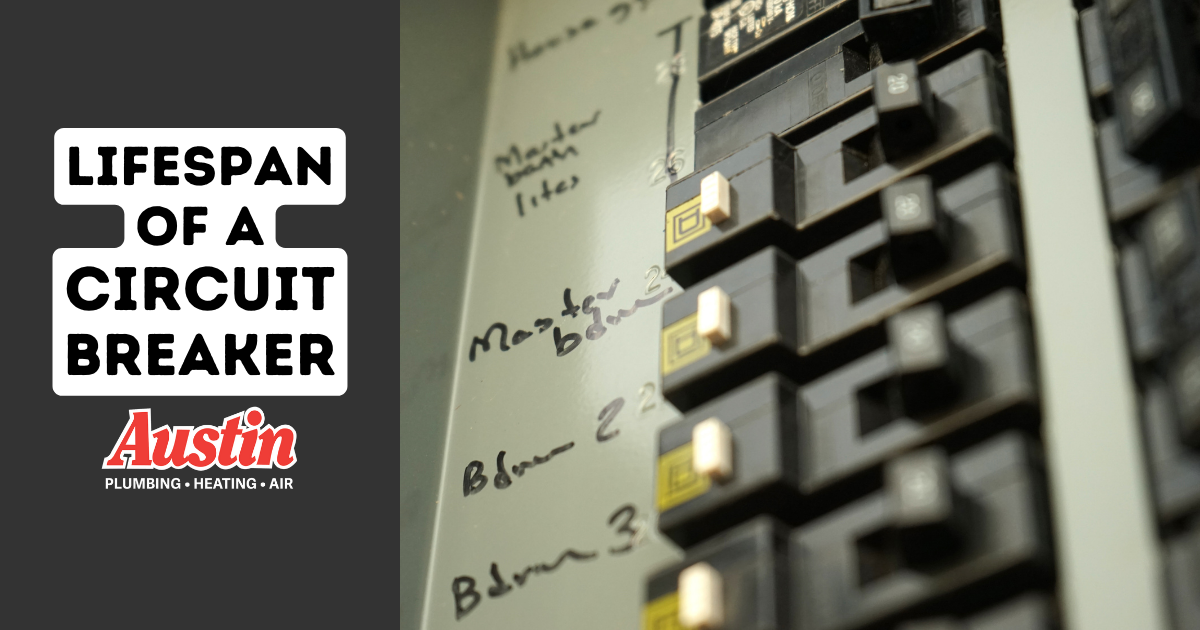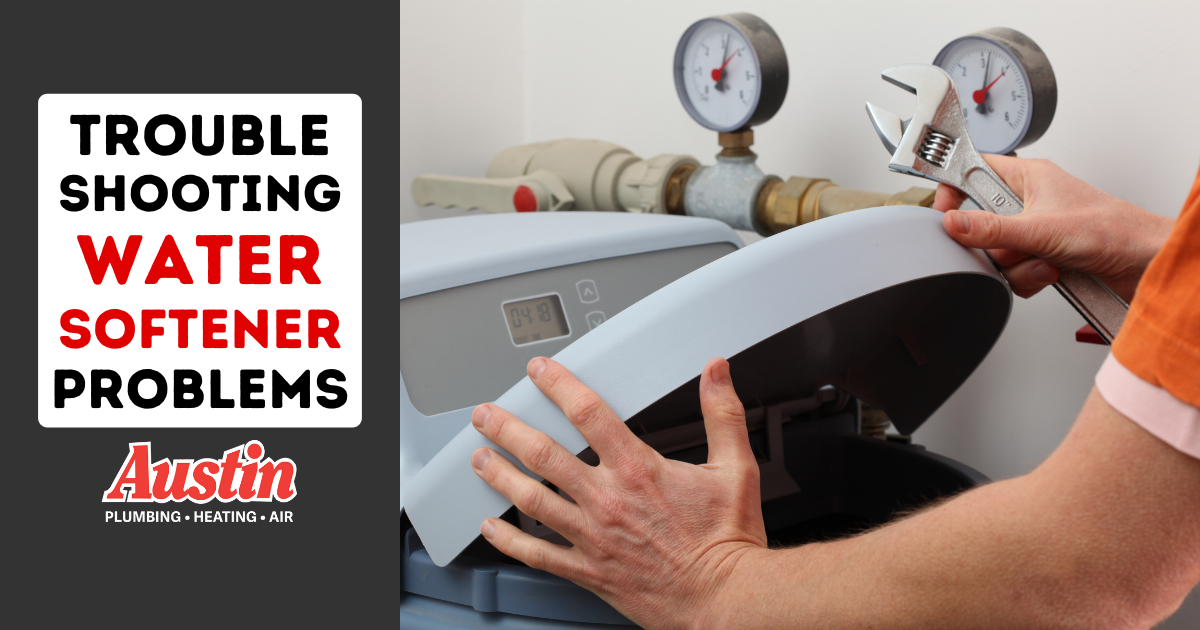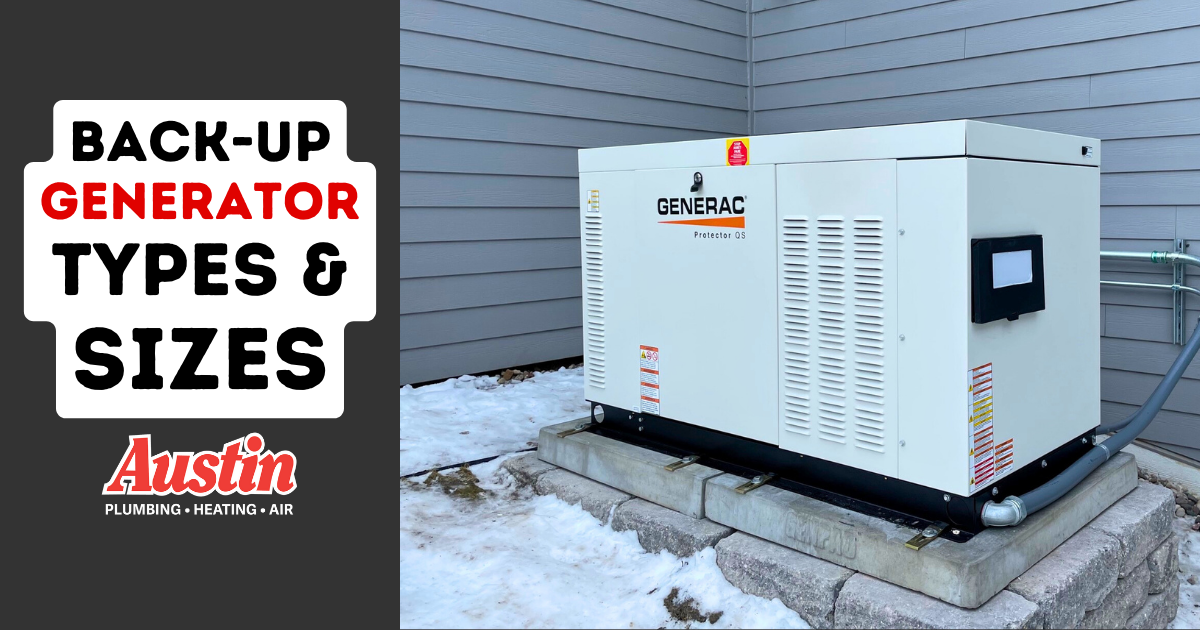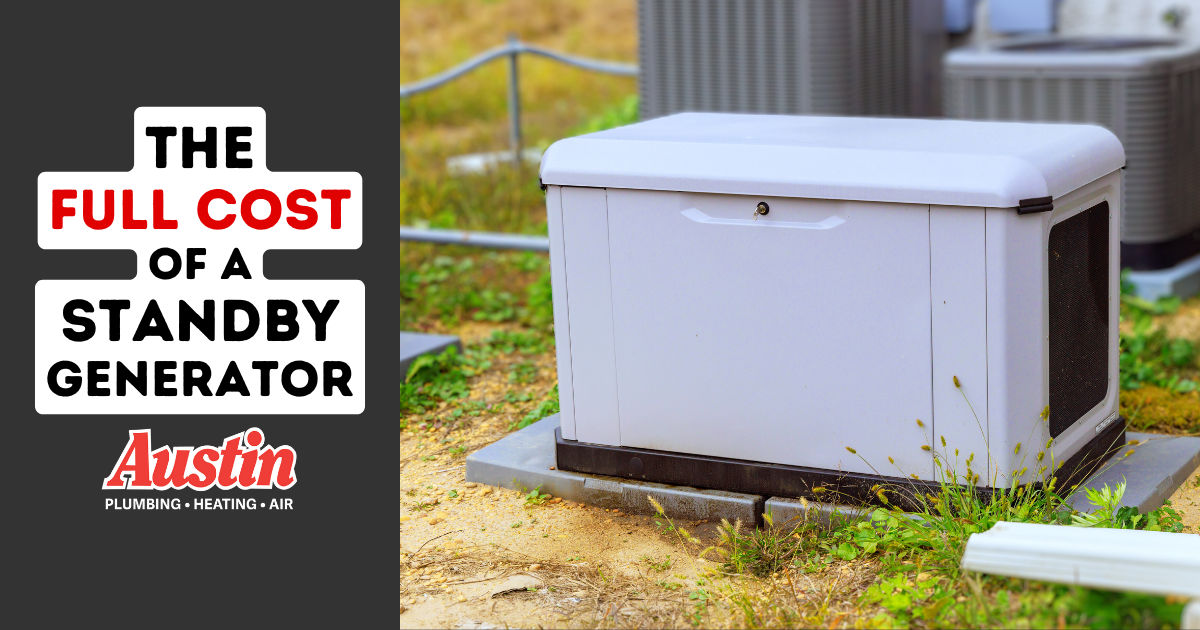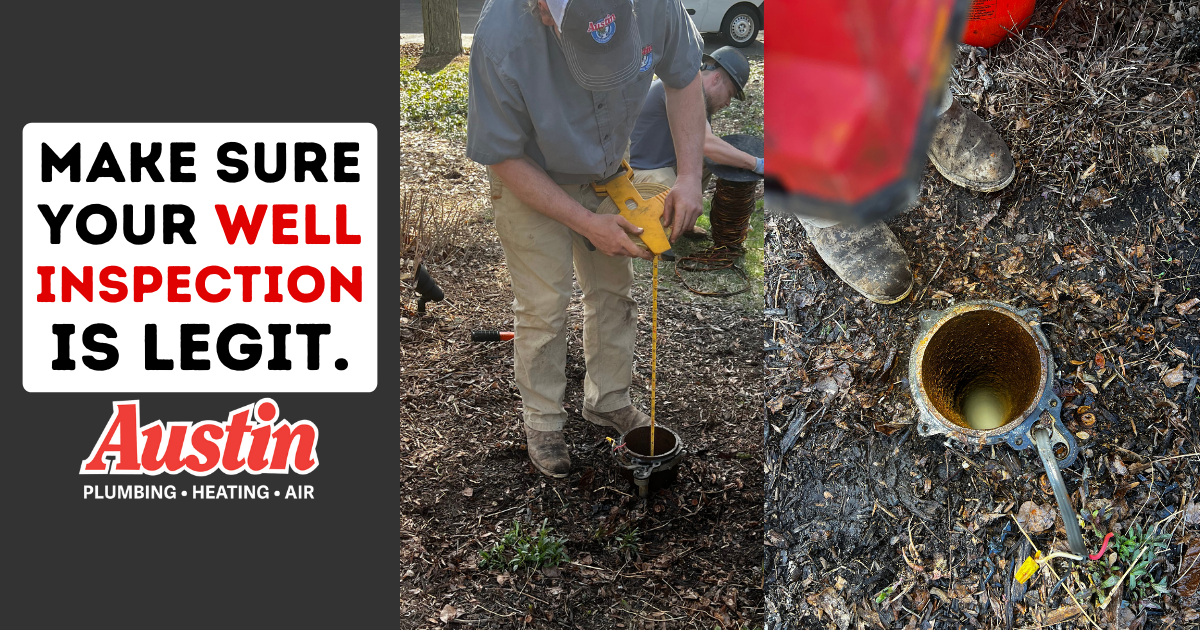Well Pump Troubleshooting: What to Do When You Have No Water Pressure
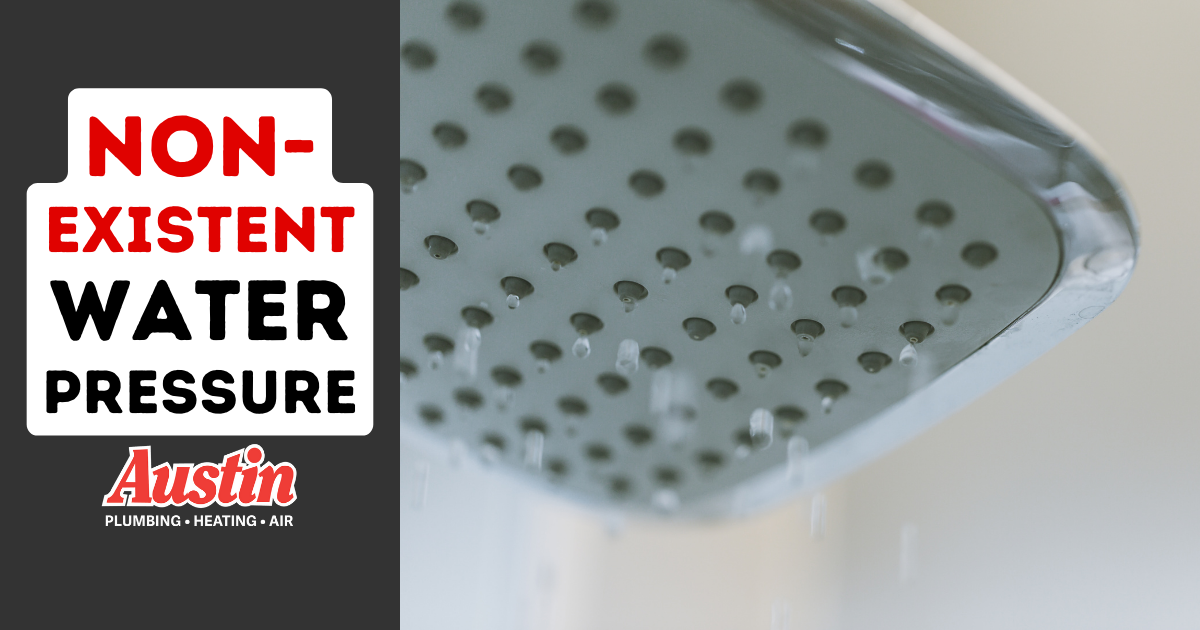
Your well could be the reason you have no water pressure. Our Master Tradesman shares ways to get it pumping again.
What feels worse than dirty hands? Having no water to wash them. Hopefully, this problem is fixable at home—but to make sure that’s the case, first you have to find the source of the problem.
Frankly, tons of factors can cause a lack of water (although it shouldn’t happen frequently). The issue could stem from your well water system…or it could be coming from a totally different source, like your plumbing system. The purpose of this guide is to provide steps anyone can take to figure it out!
Start by eliminating the most common causes first.
Even if your water pressure is literally zero, professional help might not be necessary to get it flowing again. For example, you may discover that your “dead” well pump just hasn’t been powered correctly and that you can address whatever’s in the way by yourself.
Let’s troubleshoot the problem together.
1. Check all the water fixtures in your home to see if any of them will still run.
The purpose of this step is to learn whether your entire home is having the same issue with no water pressure. Do you have access to running water elsewhere in the house? If only one faucet is misbehaving, your well pump probably isn’t the problem at all—it’s likely a plumbing problem instead.
2. Check your iron filter system for clogging.
Next in the process of elimination, bypass your Iron Curtain or other iron filtration unit. Then, see if your ability to run water has been restored. A noticeable improvement at this stage indicates that you’ll need to book an iron filter repair. You can still use water in the meantime, but it will not be filtered through your iron removal system.
3. Check your water softener for failure.
No water softener lasts forever. When it’s nearing the end of its life, it can start to affect how much water pressure you’re able to get from your well. To see if this is the case, bypass the water softener and then see if the problem is gone. If you get a sudden increase in water pressure/flow, your water softener is unfortunately going to need a professional repair. Again, you can continue using your water in the meantime, but it will not be softened.
4. Check the well pressure gauge.
There’s a gauge on the well pressure tank that will plainly tell you how much pressure you’re getting from the well. Go to your pressure tank and look for the gauge. If it reads zero, you have confirmation that the problem is coming straight from your well water system-either your well itself isn’t producing water, or your well pump is not working properly. (Until you can identify the exact, specific problem, don’t panic. For now, just keep going through the checklist.)
5. Check the pressure switch.
Next, you’ll need to check the electrical contact points on the well pressure switch. (Go here for an in-depth pressure switch troubleshooting guide.) The metal contacts on the pressure switch should be clean, clear, and free of dust buildup, or they may be unable to conduct electricity.
- Be careful! The pressure switch control is supplied by up to 220 volts of electrical power, which puts you in danger of being shocked. Turn off all power before working on the well system, even if you’re going to be observing from a distance-and always, always turn off the power to the pressure switch before removing the cover from it.
6. Make sure the well pump has power.
After you’ve eliminated all the above possibilities, it’s time to check the circuit breaker box. Now, make sure the circuit breaker for the well pump is in the ON position. Even if it already seems to be on, go ahead and switch it between OFF and ON once, just in case it wasn’t fully engaged before.
When Your Well Pump is the Problem
A submersible well system shouldn’t be giving you low or no water pressure. Unless you still have a shallow well system, and assuming you already performed the above checks, something is not normal with your well right now.
Well Pump Troubleshooting Steps
Let’s continue to narrow down what’s causing the pump to fail:
- Turn off all power to your well pump. Don’t skip this step!
- Locate your well in the yard and proceed with caution.
- Remove the well cap carefully.
- Observe the wiring for any electrical arcing and for burnt or shorted wires.
– If you find a wire that has burned or shorted out, you have found at least one factor affecting your water flow rate.
-If all electrical connections appear to be in proper order, continue to step 5. - Close the well cap again and then turn the power back on.
- Listen to your well pump as it runs. If you hear it turn off after a few seconds, only to turn itself back on again, this may be a sign that the well pump motor is damaged.
- If you are able to do so safely, disconnect the wires at the site of the well so that you can check on the electrical current. If you can see that there’s no energy flowing through the circuit, you can be certain that this is (at least part of) the problem.
Common Types of Submersible Pump Failure
If your well pump continually loses pressure, there’s a decent chance that one or more of the following is true:
- Your well isn’t actually filling up with water.
- There’s a problem with your check valve that’s making it seem like your well is empty.
- There’s a hole in the piping between the holding tank and the water pump, so that water production at the pump is poor or nonexistent.
- It’s time to recharge your well pressure tank.
- Your well pump is worn out and past its useful life.
Unfortunately, when a water pump decides to quit working, there is no advanced warning. Be prepared for pump failure at any time—but you can prolong your well pump’s time on Earth by investing in the quality of your pressure tank and well pump maintenance.
When You Don’t Know What Else To Do
Still not getting reliable water pressure, even after completing the steps above? Because there are so many potential causes of water supply failure (even in modern deep-well systems!), it can be tricky to identify the problem at first. For more help, feel free to use Team Austin’s master guide to well pump diagnosis, or call us any time at 262-367-3808.
We offer same-day and emergency well services, up to and including well pump replacement! So whether you need a repair or a brand-new install, we can send a water pump expert to handle it the day you call.

